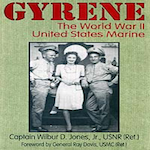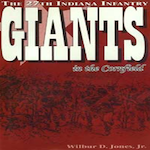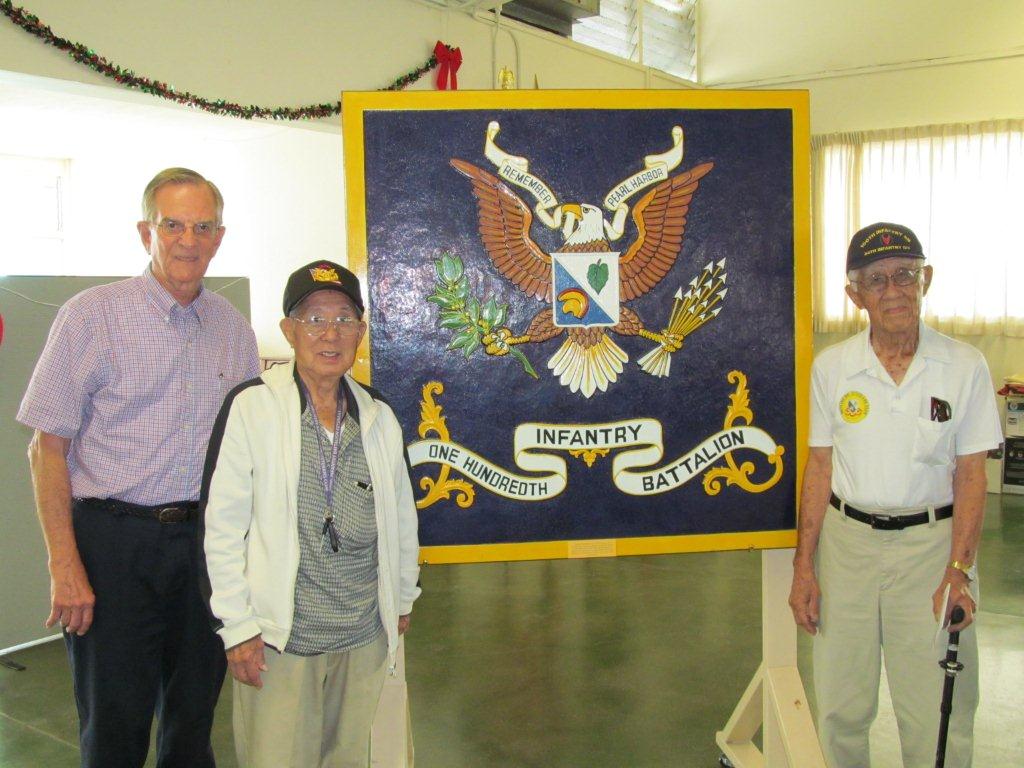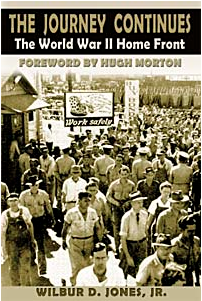
Jones’ book Gyrene: The World War II United States Marine, was recently used as a “technical reference manual” to help train actors in filming the Dreamworks-Spielberg-Hanks production “The Pacific,” which filmed in Australia and the South Pacific. “The Pacific” was an award winning HBO mini-series released in 2010.
Jones, who specializes in life-and-culture, human interest, and social history, began writing Gyrene with a Marine Corps grant. He interviewed hundreds of Marines, researched hundreds of memoirs and letters, and traveled to many of their Pacific battlefields and reunions.
The Marine major technical advisor who went over to work with the actors told Jones his book and two other WWII classic Marine memoirs were used. They are Eugene Sledge’s With the Old Breed at Peleliu and Okinawa (featured on the Ken Burns’ documentary, “The War”), and post-war historian Robert Leckie’s Helmet for My Pillow. “The Pacific” is the story of a generic Marine infantry unit based on those two memoirs.
Jones provided complimentary copies to the major to take to Spielberg, Hanks, and Capt. Dale, Dye, chief technical advisor. Spielberg sent him a very flattering thank-you for the book and his work to preserve WWII history, saying Hanks had brought it to him in Los Angeles. (He did not link the book to the filming, however.)
Gyrene details, records, interprets, and analyzes the Marine’s personal, social, and cultural history. It examines the pleasant and unpleasant, serious and not so, the ordinary and the exceptional. The man is presented with human frailties but always different and special, willing against the odds to risk his life. Gyrene pictures who and what he was and how he adapted to Marine life, esprit de corps, and combat.
No other historian has done such an extensive social study of the enlisted Marines. The scope and details picture how he measured up and performed his duty, and nothing else.
The author examines pre-war environment, background, and characteristics and watches the molding of a Marine. Prototype common Marines are constructed. Themes and analyses describe how he reacted, adapted, and developed, and what made the Marine different and special in the eyes of both himself and others.
Through some 250 interviews, nearly 100 personal papers collections, some 200 additional veterans’ contributions, and other official references and histories, the author examines the man’s pre-war environment, background, and characteristics and watches them being molded into a Marine. Prototype common Marines are constructed at the time he entered service and later after Pacific service. Themes and analyses describe how he reacted, adapted, and developed, and how the life and culture influenced his ability to function in combat. Each aspect reflects an unremitting devotion to Corps, each other and unit, and country, and how that devotion sustained him through to final victory.
The constant throughout is what made the Marine different and special in the eyes of both himself and others–capable of, and willing against the odds, to risk his life to secure an objective or save a comrade. The Corps’ myths and fabled esprit de corps, and its enduring brotherhood, are critiqued.
The reader sees the effects of his motivations, morale, religion, morals and habits, love life, family relations, recreation and camp life, leadership, discipline, interrelations, health, flaws and shortcomings, and other traits and influences. Generally speaking, the conclusion is most Marines tended to be superior warriors because of their rigorous training, intense indoctrination, unit cohesiveness, dependability, and high military standards.
Others Say:
“This book surely will take its place in the annals of Marine Corps history and…with other landmark works of WWII”
General Ray Davis, USMC (Ret)
Infantry battalion commander, WWII
Congressional Medal of Honor (Korea)
Division Commander, Vietnam
Assistant Commandant of the Marine Corps
“Well researched, Gyrene gets into the unique features that make a Marine; the powerful camaraderie, the humor and the intricate fighting teamwork are well preserved here.”
Leon Uris,
Author of Battle Cry; 2d Marine Division, WWII
“Dear Wilbur,
“…I am thrilled to know that people like you are preserving these stories, writing them, and passing them on to future generations. The book was a perfect present for me, but just telling your story, in your words…that’s a gift that everyone can learn from in the years to come.”
Steven Spielberg
“Captain Jones succeeds brilliantly in what no one else has attempted….There are no stereotyped Marines here-these are the types of Marines I knew…honest, true-to-life….I think any American who reads this book will feel proud.”
E. B. Sledge, Ph.D.,
Author of With the Old Breed at Peleliu and Okinawa; K/3/5, 1st Marine Division, WWII
“Wilbur Jones’ monumental research effort [gives] us the human face under the camouflaged helmet, describing the ‘foxhole brotherhood’….Gyrene is a comprehensive, unvarnished look at a special breed.”














